Unforgettable cycling getaways: 5 destinations to ride on vacation
The arrival of the holidays is the long-awaited moment for many to take a cycling getaway to dream places like the ones we propose.
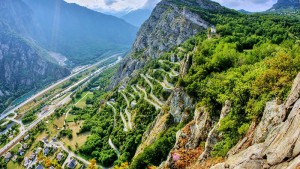
5 places to fully enjoy your bike on vacation
There are certain places that over the years have become authentic cycling sanctuaries. Some because of the boost they get from professional competitions passing through their roads, others simply for offering a mix of amazing routes and landscapes to pedal with our bike.
We have chosen 5 areas that any cyclist should definitely visit at least once in their life.
Pyrenees
RECOMENDADO
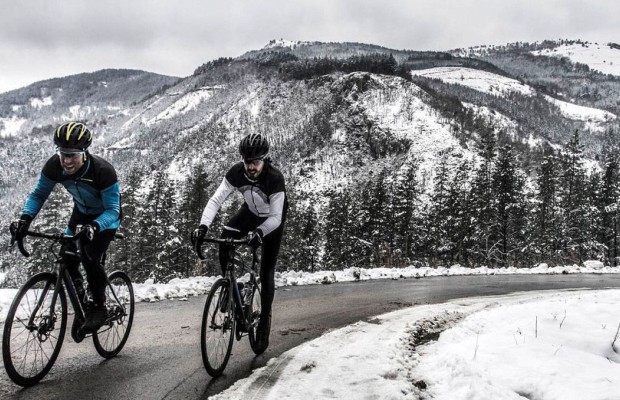
Cycling tips for the Christmas season

What would you do if you won the lottery? This cyclist bought himself a €20,000 bike
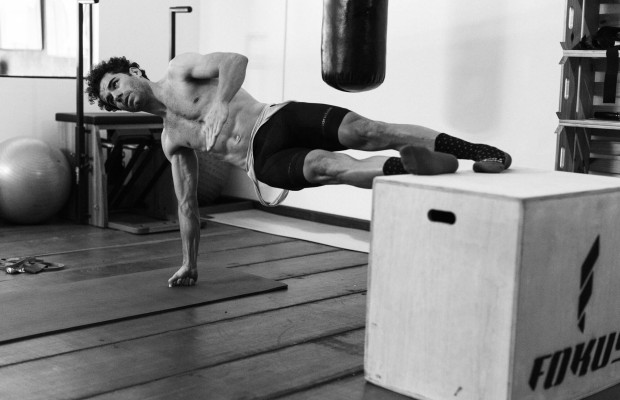
The best exercise routine to do at home
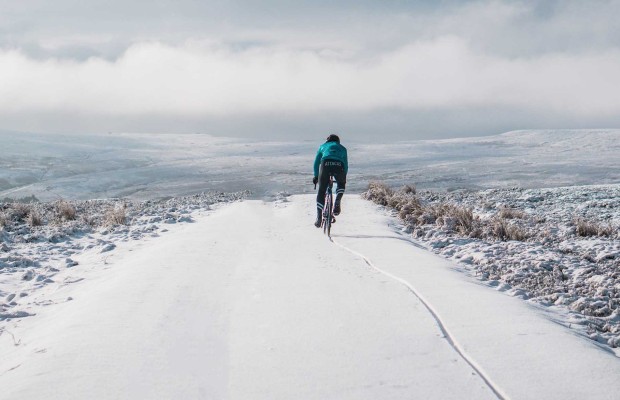
Benefits of training in the cold
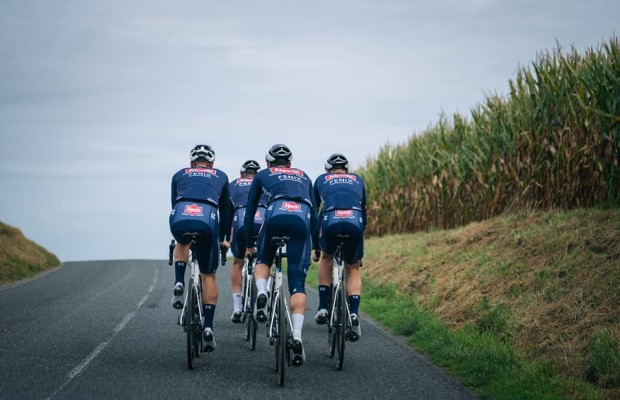
The cyclist's patience: how long, gentle training sessions build your best season
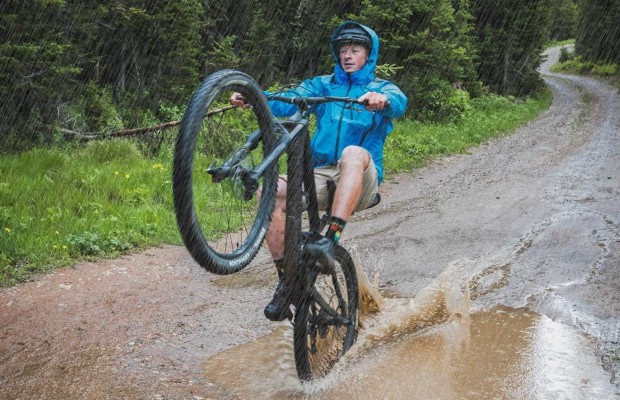
Tips for cycling in the rain
Of the historic great cycling mountain ranges, it is fortunately the one that is closest to us. Between Irun and Portbou we have countless options to choose a vacation spot both on the French and Spanish side, not forgetting one of the trendy places for the cycling world like Andorra.
In the Iparralde area, the Basque-French Country, we have a tangle of mountain passes and deep valleys that make up what is probably the highest concentration of ramps above 10% in all the Pyrenees with ascents like Larrau, Errozate, the Piedra de San Martín from any of its 7 sides, as well as lots of small and unknown passes.
Continuing east, we have the area of the great colossi with names like Aubisque, Hatacam, Tourmalet, Peyresourde that cannot be missing in the curriculum of any self-respecting cyclist. But also other lesser-known ones like Lagos de Cap d'Long-Aumar, Port de Bales, Spandelles or places of breathtaking beauty like Col de Tentes or Cirque de Troumusse.
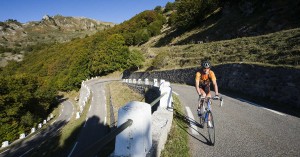
In that same region, the Spanish side offers a tough terrain full of small mountain passes between Navarra and Huesca in a medium mountain terrain that will surely surprise many. Who doesn't remember the famous stage of Formigal in the Vuelta a España?
Further east, we find, on the French side, the Ariège region with well-known names like Plateau de Beille or Pailhères, true giants outside of category to which we must add another good dose of beautiful and tough passes like Mur de Pégère, Col de Agnes, Lers to name a few.
From Ariège, Andorra is just a stone's throw away. An entire country to ride a bike through spectacular mountain passes located within a few kilometers of each other, so we can put together some extremely tough linked climbs: Ordino, Arcalís, Arinsal, Envalira, Col de la Gallina, Por de Cabús, Engolasters, Cortals d'Encamp. Let's say it's not the best place for flatland cyclists.
For dessert, already feeling the proximity of the Mediterranean, the region of Cerdanya, both on its French and Spanish side, offers another good dose of medium mountain terrain that is sure to leave no one indifferent.
Our recommendation in the Pyrenees is to choose an area to explore and establish a base camp. The mountain passes are generally close together and easily linkable, so in 3 or 4 days you can visit all the mountain passes in the region you choose. Some usual holiday destinations due to the concentration of mountain passes in their surroundings would be Saint Lary or Luz Saint Sauveur.
French Alps
If the Pyrenees offered hundreds of options for a cycling getaway, what can we say about the Alps, the mountain range with the longest and highest mountain passes.
If we start from north to south, from the vicinity of the Swiss city of Geneva we start with a beautiful area of medium mountain terrain that leads us to a town with a name as cycling as Morzine with Joux Plane as a reference.
Continuing our Alpine journey, we approach the region near Mont Blanc. We also come across a series of names that we have seen countless times in the Tour de France like Colombière.
From here we enter the domain of the great giants, where we find names like Cormet de Roselend, Petit Saint Bernard, Iseran, Madeleine. On the other side of that mountain barrier, we can continue with more mythical names like Glandon, Croix de Fer, Telegraphe and Galibier, Mont Cenis. That's just mentioning the big giants, as we can also find other smaller but no less spectacular ones like the iconic Lacets de Montvernier that we saw in the last Tour de France.
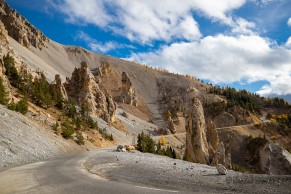
Following along the mountain range, we come across another destination with as much cycling reminiscence as Briançon at the foot of the mythical Izoard or the recovered Col du Granon that featured in the last Tour de France. We don't have to go much further to continue finding names like Vars, la Bonette, Allos or Cayole that already mark the escape point, from the French side, towards the Mediterranean Sea.
In the case of the Alps, linking circular routes is much more complicated due to the great length of the mountain passes in this range, which often means doing enormous stages, so many times there is no alternative but to do up and down routes if your fitness is not excellent.
Therefore, depending on the days you have available, it is best to choose several starting points and move the accommodation to those places where you can spend one or two days. Among the places to choose as a starting point for our routes, we could include Morzine, Le Grand Bornard, Bour Saint Maurice, the Maurienne valley, Bourg d'Oissans at the foot of the mythical Alpe d'Huez or, if we continue south, places like Briançon or Embrun.
Dolomites, Italy
Although many times all the tremendous mountains in northern Italy are mistakenly referred to as Dolomites due to ignorance, in reality, this name only corresponds to the mountain range found at the eastern end of the Alps, in the South Tyrol region, which has a peculiar and characteristic geology where deep valleys mix with imposing rock spires.
A mountain range that brings together some of the toughest and most beautiful mountain passes in cycling in a combination of length and steep gradients. All this on roads that are mostly like carpets.
 There are several locations that we can choose as a starting point for our Dolomite routes, although, without a doubt, the best located is the Badia valley, located in the epicenter of the region. From here, we have giants like Marmolada, Pordoi, Passo Sella, Tre Cime di Lavaredo, Falzarego or Passo Giau within easy reach.
There are several locations that we can choose as a starting point for our Dolomite routes, although, without a doubt, the best located is the Badia valley, located in the epicenter of the region. From here, we have giants like Marmolada, Pordoi, Passo Sella, Tre Cime di Lavaredo, Falzarego or Passo Giau within easy reach.
Further south, right at the gates of the Dolomites, towns like Feltre or San Martino di Castrozza offer another good starting point to link epic routes with passes like the terrible Manghen or the iconic Passo Rolle.
There is a before and after visiting the Dolomites, with their breathtaking landscape that impresses us and fills our eyes no matter where we look.
Cantabria and Asturias
Although we tend to overlook the cycling destinations in our country, there is no doubt that in these regions we have cycling paradises that have very little to envy to other famous destinations. A clear example is the mountain passes of the Cantabrian Mountain Range between the communities of Asturias and Cantabria. Passes that in a few kilometers gain a lot of altitude as the mountains are practically by the sea from which they take their name.
That is why in this region we find mainly two types of passes. On the one hand, very long valleys with a pleasant and sustained gradient that are a real delight to pedal. This is the case of some famous Cantabrian passes like Portillo de la Sía, Los Tornos, Portillo de Lunada or Piedrasluengas, although sometimes the gradients get out of hand as in the final part of El Escudo.
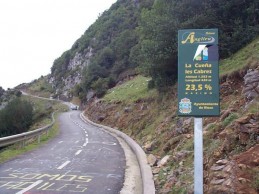
On the other hand, we have the passes that serve as connections between the different valleys, in most cases not very long and in some cases with significant gradients due to the narrow space between such narrow valleys to trace roads more progressively. We can think of, in the Cantabrian area, some typical names like Alisas, El Caracol, Braguía or the chain of colladas de Carmona, Ozalba and Hoz.
Already on the Asturian side, the number of small passes and collados, most of them real traps known only to the locals, multiply in the tangle of small valleys that dot the surface of this community. However, we cannot forget the passes that have become popular in the collective imagination like the mythical climb to Lagos de Covadonga or the fearsome Angliru. Nor are colossi like La Cobertoria, especially if we continue the ascent to Gamoneteiro that made its debut in La Vuelta 2021, or San Lorenzo, a really tough and often overshadowed pass, by the aforementioned ones.
However, if we had to choose one, La Cubilla has won our hearts, a beautiful pass, with not excessively steep gradients, over 20 kilometers long and with landscapes that could well be taken from the Alps or the Pyrenees.
When establishing our base camp for these routes, the enormous tourist offer of these two communities makes the choice difficult. In the case of Cantabria, places like Cabezón de la Sal, Potes or Selaya can be good reference points. In Asturias, the same, with towns like Cangas de Onís, Pola de Lena, Arenas de Cabrales or Nava as places that allow us to cover a large part of the geography of this region.
Canary Islands
Another great challenge for most cyclists in our country is to discover the mountain passes of the Canary Islands, especially Tenerife and Gran Canaria as the main examples of the possibilities of the archipelago, although others like Lanzarote or El Hierro are also authentic paradises.
In fact, Tenerife has become in recent years a regular destination for the gatherings of several professional cyclists who find in the Teide summit a perfect place to stay at altitude while having spectacular roads for cycling. Not only because of the tremendous climb to Teide, with over 40 kilometers in length but also because of other hidden treasures like Masca and its steep ramps or the beautiful roads of Anaga with the climb of El Bailadero as the main exponent with its 22 kilometers of ascent.

As for Gran Canaria, practically the entire island seems like a cycling theme park where the terrible climb to Pico de las Nieves overshadows a great variety of passes like Cruz de San Antonio, Ayacata, Mirador de Ayagaures to name just a few of the climbs.
In the case of the Canary Islands, the main problem that many face is traveling with their bike. However, the tourist offer in the islands is tremendously wide and it is not difficult to rent bikes, of any assembly level and at really interesting prices, which eliminates the main drawback of having to use the plane for a cycling trip.
Which of these places would you choose first for your cycling vacation? What other destinations that are not mentioned here would you like to visit? Tell us on our social networks.